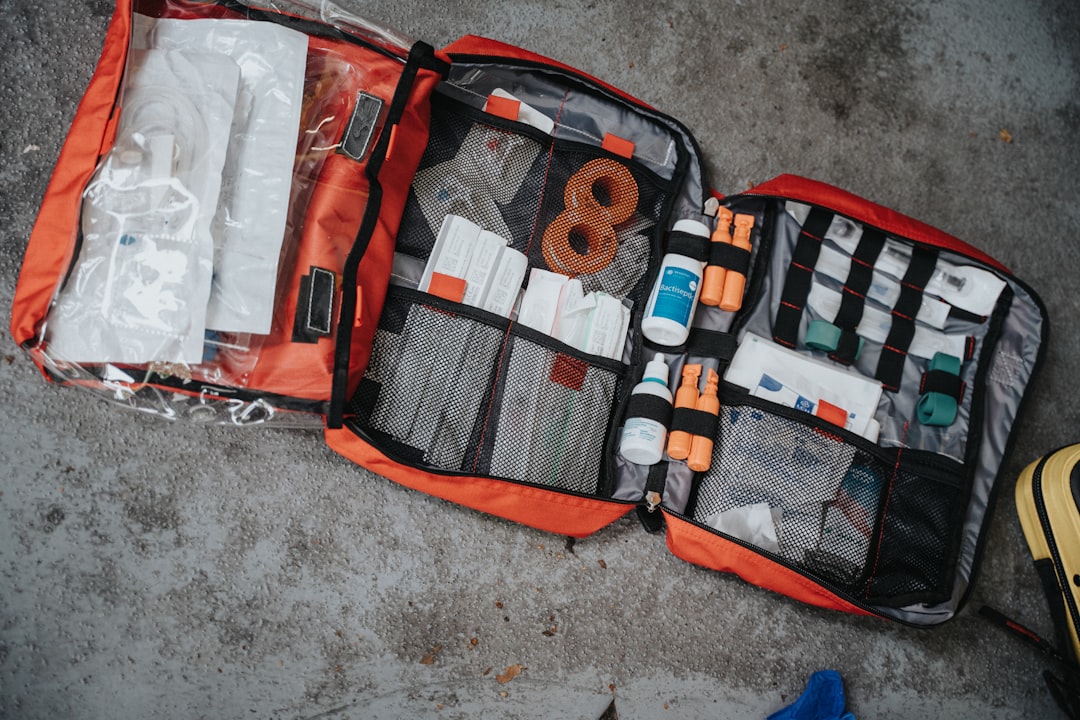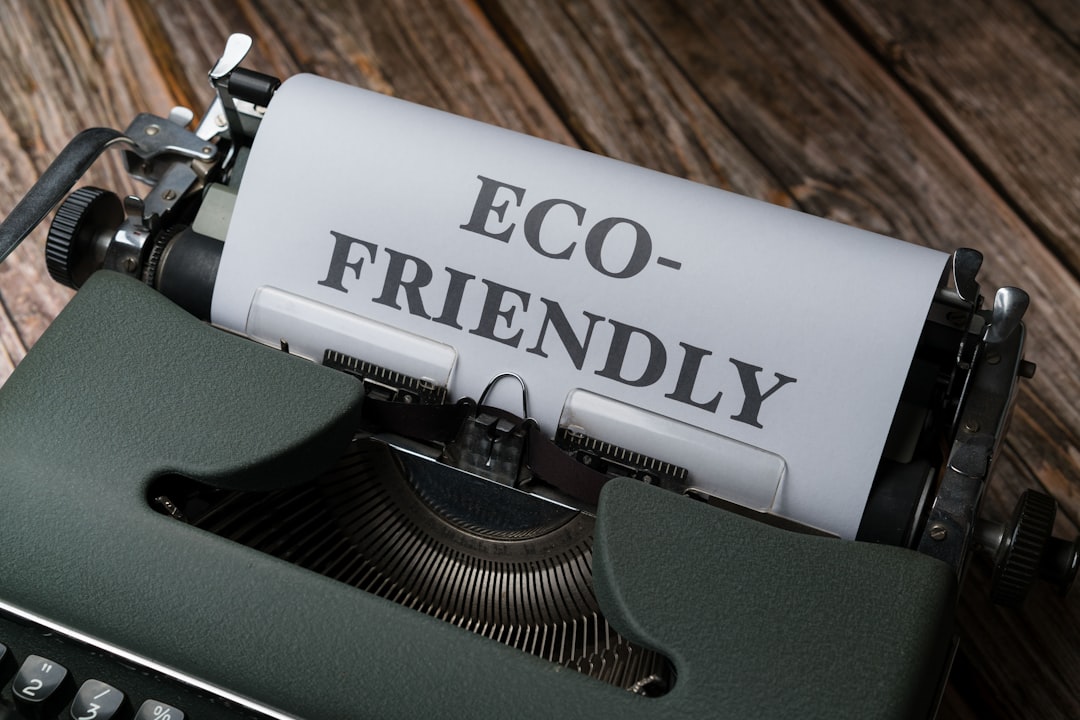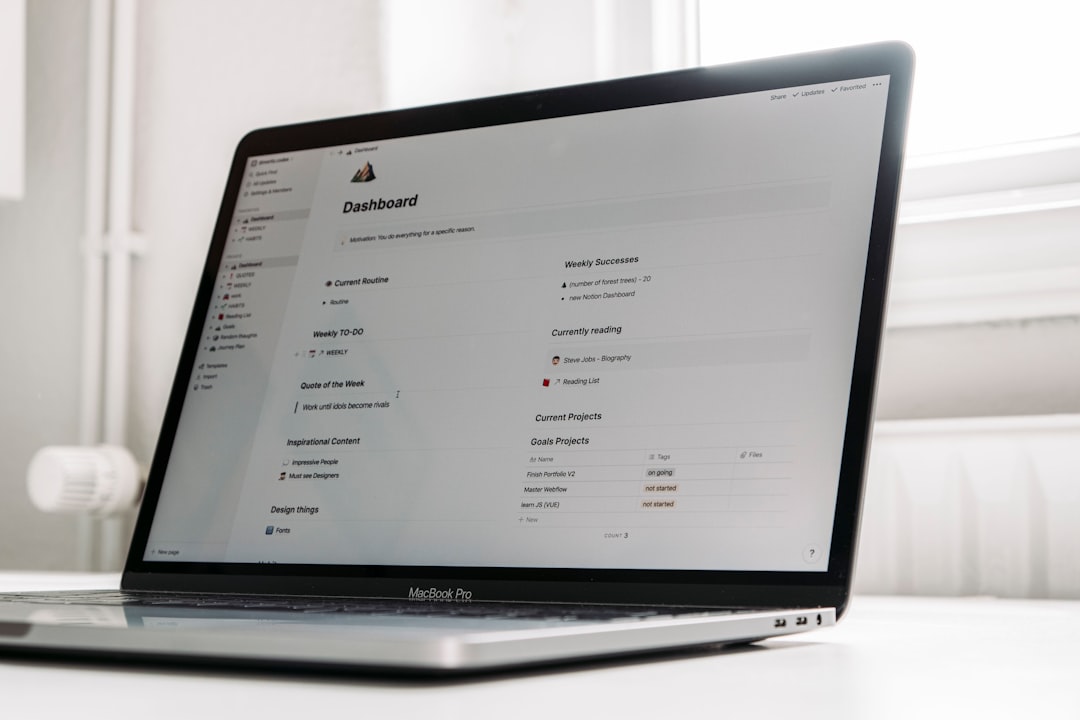Air conditioners and refrigerators keep us cool and comfy. But behind the scenes, there’s a superhero working hard — the refrigerant. It’s a chemical that absorbs heat and cools the air. However, when it’s not handled right, refrigerant can leak out. That’s bad news for the environment and your wallet. Luckily, following EPA guidelines and using the right tools makes a big difference.
Let’s explore how HVAC technicians, maintenance teams, and even environmentally conscious businesses can minimize refrigerant loss using best practices and smart service techniques.
Why Care About Refrigerant Loss?
Refrigerants aren’t just cold-making magic. Many of them are potent greenhouse gases. If they escape, they can trap heat in the atmosphere, way more than carbon dioxide.
- Older refrigerants like R-22 hurt the ozone layer.
- Newer refrigerants like R-410A are safer for ozone but still pack a punch when it comes to global warming.
That’s why the EPA (Environmental Protection Agency) has rules. These rules aim to cut down on leaks and ensure refrigerants are stored, used, and handled responsibly.
Know the EPA Rules!
The EPA’s Section 608 under the Clean Air Act is like a rulebook for refrigerants. Here are some highlights:
- Technicians must be certified.
- Leaks over a certain amount must be fixed.
- Refrigerants must be recovered — not just vented into the air!
These rules protect the environment and ensure that systems work better for longer.
Simple Habits That Make a Big Difference
It’s not all complex gadgets and rules. A lot of refrigerant loss can be prevented with good habits. Here’s how:
1. Perform Regular System Checks
Leaks often go unnoticed. Why? Because refrigerant escapes slowly. Regular inspections help spot problems before they grow.
- Listen: Hissing or bubbling sounds might mean a leak.
- Look: Ice buildup or oily residue on coils can be a clue.
- Test: Use leak detectors or soap-bubble methods.

2. Keep Connections Tight
Loose fittings are classic leak culprits. A quick check with a wrench saves a lot of gas — literally.
3. Evacuation Matters
Evacuating a system (removing air and moisture) before charging it with refrigerant is essential. Moisture leads to acid formation, which damages components.
4. Store Refrigerant Safely
Keep cylinders in cool, upright positions. Avoid storing them near direct sunlight or extreme temperatures. Label everything clearly.
Must-Have Tools for EPA-Aligned Refrigerant Management
Having the right tools can turn good habits into even better practices. Here are the heroes of the HVAC toolkit.
Electronic Refrigerant Leak Detectors
These sniffers can detect even tiny amounts of escaping refrigerant. They’re fast, accurate, and now more affordable than ever.
Digital Manifolds
Old-school gauges are fine, but digital ones are next-level. They’re easy to read, precise, and some even link to apps on your phone.
Recovery Machines
EPA rules say you can’t just release refrigerants. That’s toxic! So these machines remove refrigerant safely from a system and store it for reuse or recycling.
Reclaim Cylinders
Don’t mix types of refrigerant in one tank. Use separate, clearly labeled reclaim cylinders. The EPA also requires used refrigerant to be reclaimed by certified facilities if it’s being repurposed.

Vacuum Pumps
These pumps remove moisture and air from the lines before charging with refrigerant. Less moisture equals longer-lasting systems with fewer leaks.
App-Based Monitoring Tools
Smart sensors and apps now let you track system performance in real time. They alert you to pressure changes or performance drops — signs of possible leaks!
Service Techniques That Reduce Leaks
Using tools is one thing. Knowing how to use them smartly… that’s where technique comes in.
Use Low-Loss Fittings
These special connectors minimize how much refrigerant escapes during hose hookups and disconnects. Every little bit saved is a win.
Pre-Charge with Nitrogen
Before evacuation, pressurize the system with dry nitrogen. This helps test for leaks without wasting refrigerant.
Replace Schrader Valve Cores
These tiny parts often get overlooked, but they’re leak-prone over time. Replace them during service visits to prevent future issues.
Use Proper Charging Techniques
Overcharging or undercharging can stress the system and lead to leaks. Accurate measurements and manufacturer specs are your best friends here.
Training Is Key
None of these tools and techniques matter if people don’t know how to use them. That’s why ongoing training is so important for HVAC professionals.
- EPA Certification: Mandatory for anyone handling refrigerants.
- Refresher Courses: Technology evolves. So should your skills!
- On-the-Job Training: Teach new technicians how to spot and prevent leaks.
Benefits of Minimizing Refrigerant Loss
So, what happens when you follow the EPA’s advice and keep leaks under control? A lot of good things!
- Environmental protection: Less refrigerant released means less harm to the atmosphere.
- Energy savings: Systems work better when fully charged and leak-free.
- Cost savings: Refrigerant is expensive. Losing less means spending less.
- Good compliance: Avoid heavy fines from regulators!

Future Thinking: Eco-Friendly Alternatives
There’s also a shift in the industry toward newer refrigerants that have a lower Global Warming Potential (GWP). EPA-approved alternatives like R-32, R-454B, and natural options like CO2 are gaining popularity.
But these alternatives often need different service tools or techniques. So, staying up-to-date is a must if you want to stay ahead.
Conclusion: From Leaks to Leadership
Minimizing refrigerant loss isn’t just about staying in compliance. It’s about doing the right thing—for the planet, for your customers, and for your bottom line.
With the right habits, tools, and training, you can transform your daily service routine into a leak-fighting mission. It’s not just technical work — it’s environmental leadership with every wrench turn and gauge reading.
So let’s keep refrigerants where they belong — in the system, not the sky!



